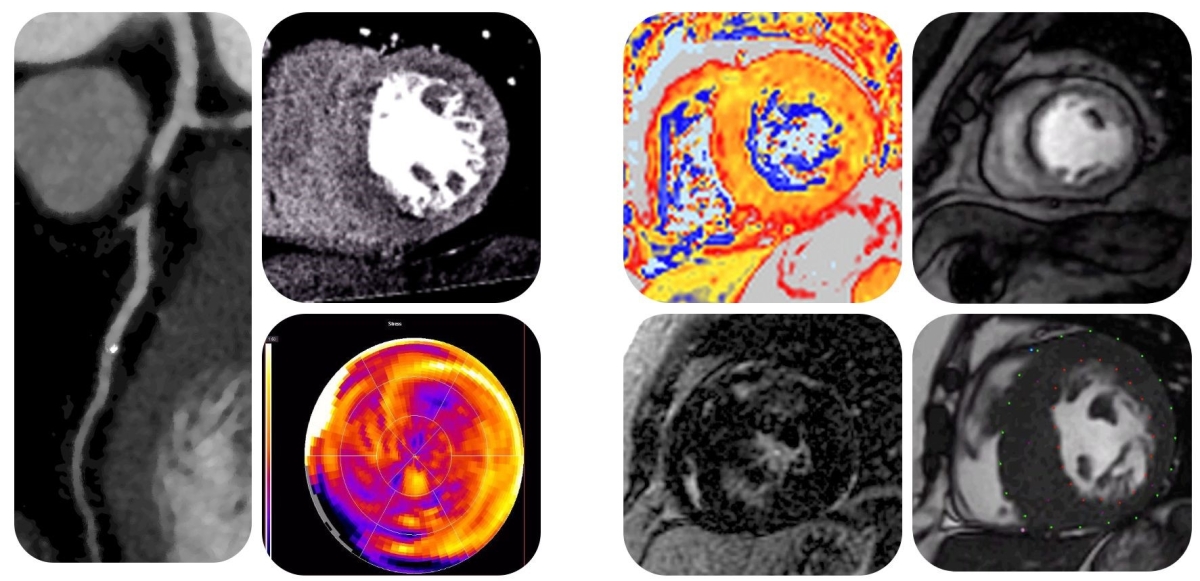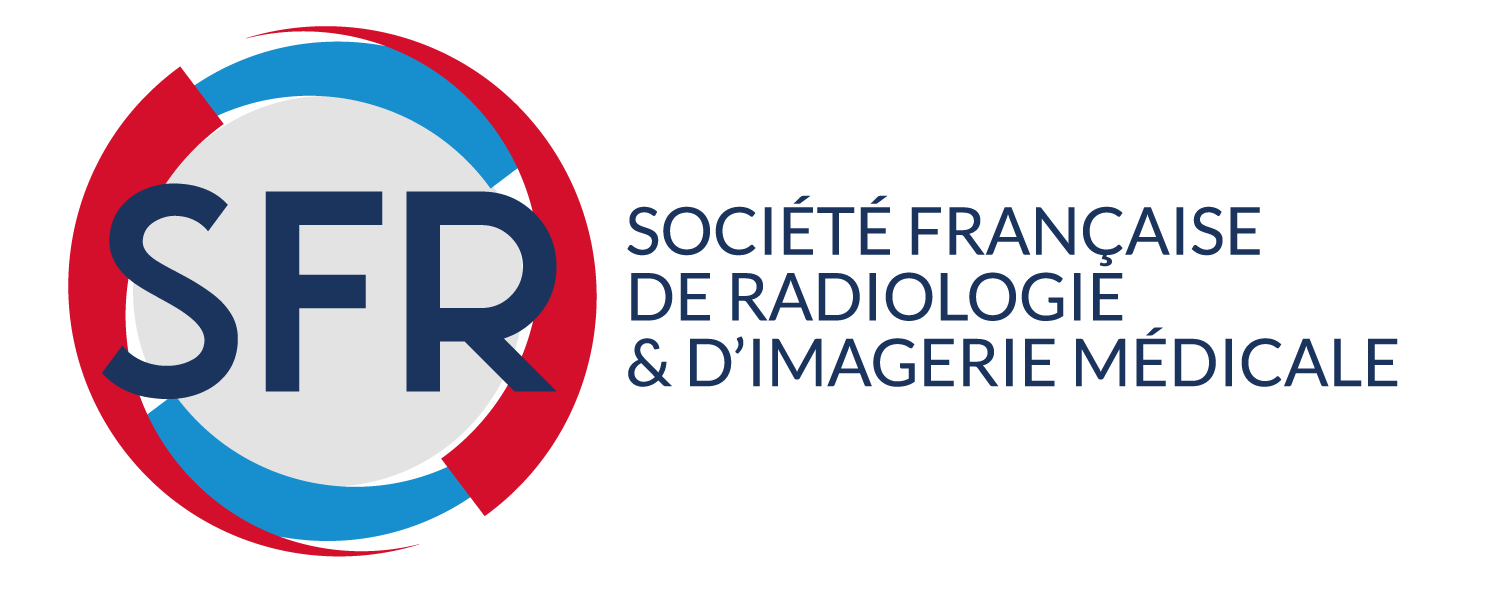Cardiac imaging today in Italy

Cardiovascular diseases (CVDs) are the leading cause of death worldwide and incidence of both “known” and “new” cardiovascular risk factors (e.g., stress and depression) are increasing, with a reversal trend from ’18 in cardiovascular death incidence (Bossard et al., J Am Heart Assoc. 2020).
Noninvasive imaging techniques are key components of the evaluation of cardiac patients. Notably, imaging findings in echocardiography, cardiac CT (CCT), cardiac MR (CMR) or nuclear imaging are all well established markers of cardiovascular disease.
Therefore, it is easy to understand why the attention for advanced cardiac imaging has highly increased among the clinical audience.
Moreover, with the latest “technological revolution”, great interest has raised particularly for CCT and CMR thanks to the unique point of view they can provide in the evaluation of cardiomyopathies.
Cardiac imaging: how to do, when and why
On both CCT and CMR, clinical indications and acquisition techniques go hand in hand. Optimizing the study protocol remains, in fact, a key point for a correct management of CVDs patients.
In the field of advanced cardiac imaging, indeed, several aspects should be considered for a proper examination.
e.g., sub-millimeter collimation and optimization of the radiation dose through the most advantageous protocol of acquisition, represent some of the fundamental prerequisites requested for a correct CCT acquisition. In this regard, the ALARA (as low as reasonable) principle, which refers to the need to obtain CCT using the lowest dose possible, highlights how radiation protection is important in radiological clinical practice.
However, mitigation of pulsatility artifacts (through a correct preparation of the patient), correct acquisition volume, and optimal vascular opacification, through adequate IDRs, contrast medium volume and iodine concentration, are all other pivotal aspects in CCT protocol.
On the other hand, CMR also needs accurate knowledge of both sequences to perform for each protocol, and consequently of the physics of MR to optimize each acquisition.
Moreover, CMR safety should be always discussed to protect patients and other healthcare workers from potential bio-effects and risks of the high magnetic fields adopted in CMR.
Therefore, a special attention is focused on the technical aspects when defining the training program of cardiac radiology.
A key strategy of the Italian Society of Medical Radiology (SIRM) is emphasizing the importance of continuous training. Among the commitments of the study section of cardiac radiology, are included annual meetings of national or local interest, or periodical webinars, with the aim to offer wide educational programs, from basics to the advanced level, for both residents and specialists.
Italian training in cardiac radiology today, provides therefore some key aspects, from the semiotics, to the pathophysiology expression of cardiomyopathies, and the clinical impact that imaging markers have in clinical practice, with the aim and the benefit to provide high competence.
The Society is also devoting growing attention to what is new in terms of indications and advantages of cardiac imaging.
The SIRM Italian group of cardiac radiology has recently co-worked with Italian Society of Cardiology (SIC) on an update of the recommendations on the appropriate use of CCT and CMR, given the complex and revolutionary scenario which parallels the newest scientific evidence (Esposito et al., Radiol Med 2022; Francone et al., J Cardiovasc Med 2021; Pontone et al., Radiol Med 2021; Carraba et al., J Cardiovasc Med 2022).
Advanced cardiac imaging is the state-of-the-art technique in defining acute and non-acute cardiovascular disease. However, the definition of when-and-why is mandatory for proper employment in patient care, focusing on advantages, limitations, and potential risks.
The attention of the entire scientific community is high as demonstrated by the increasingly prominent role that CCT and CMR assume in the most recent guidelines, from the management of chest pain and chronic coronary syndrome to the detection and stratification of non-ischemic cardiomyopathies (Knuuti et al, EHJ 2019; Arbelo et al, EHJ 2023).
In conclusion, in the current complex scenario of cardiac diseases, CCT and CMR offer a new insight in the detection and stratification of cardiomyopathies. However, a comprehensive understanding, which include the technical aspects, remains pivotal for an “advanced” evaluation.
